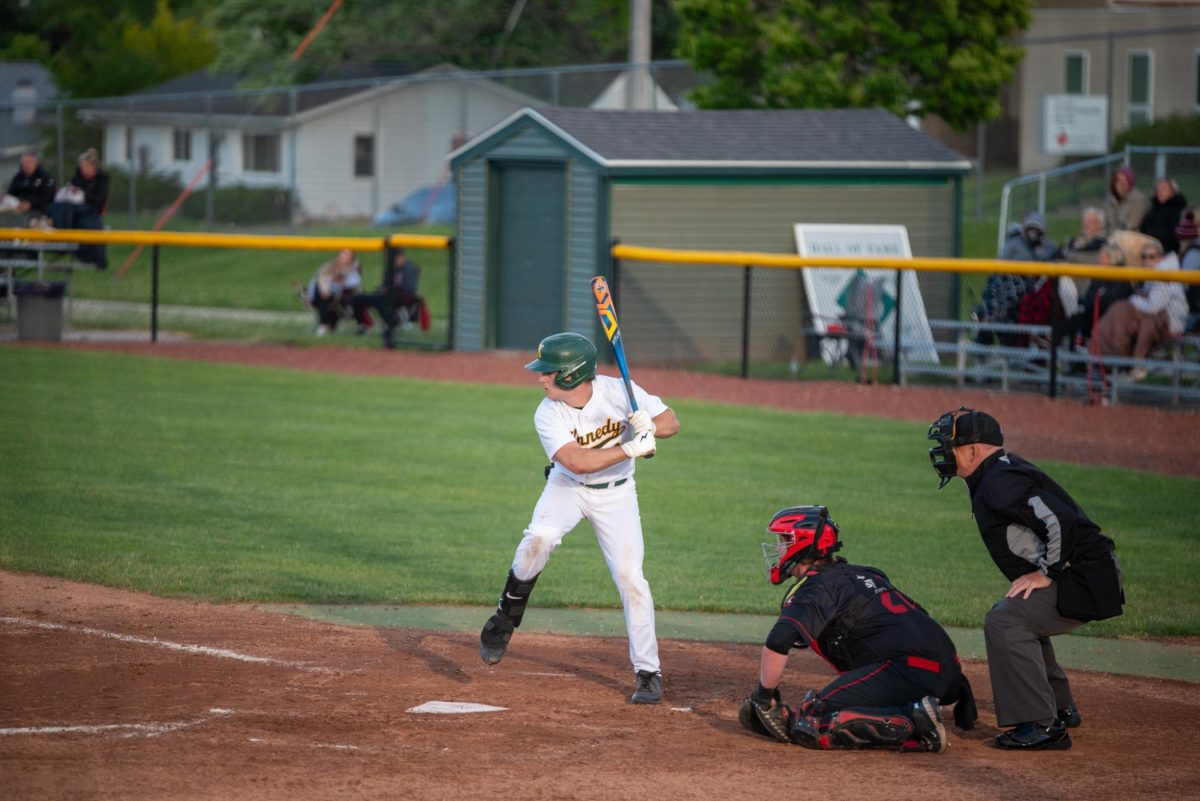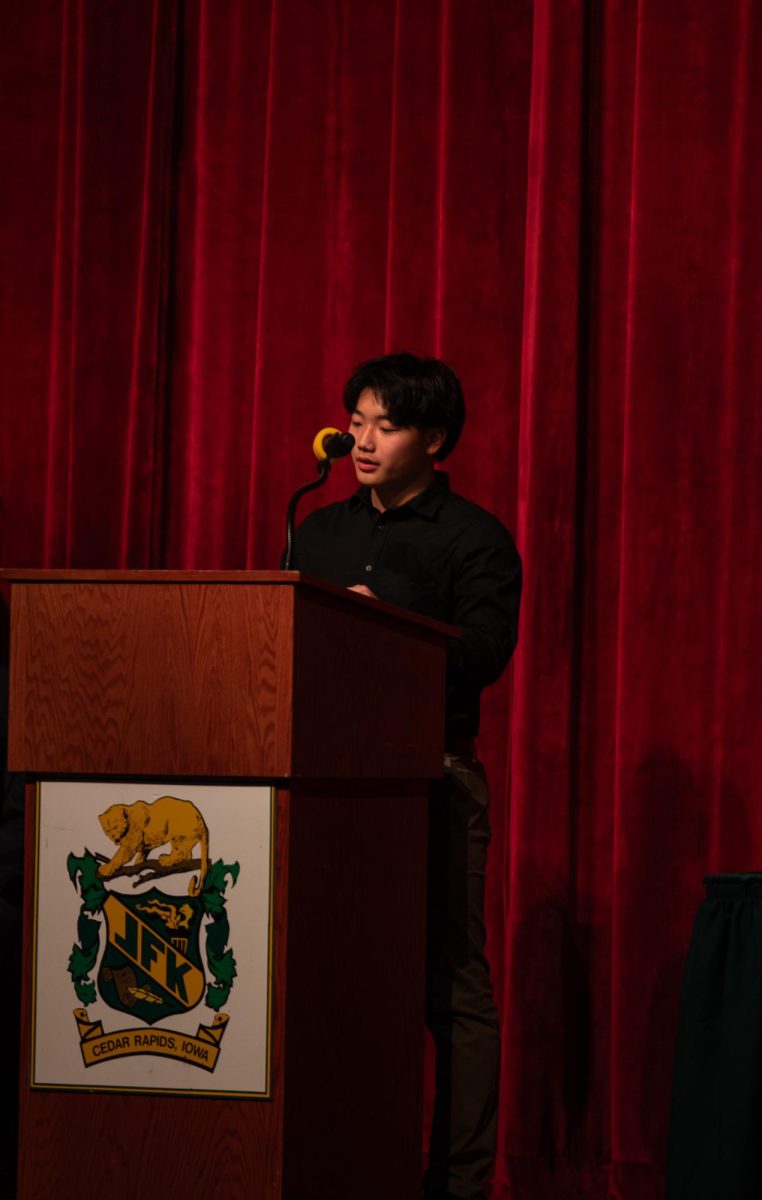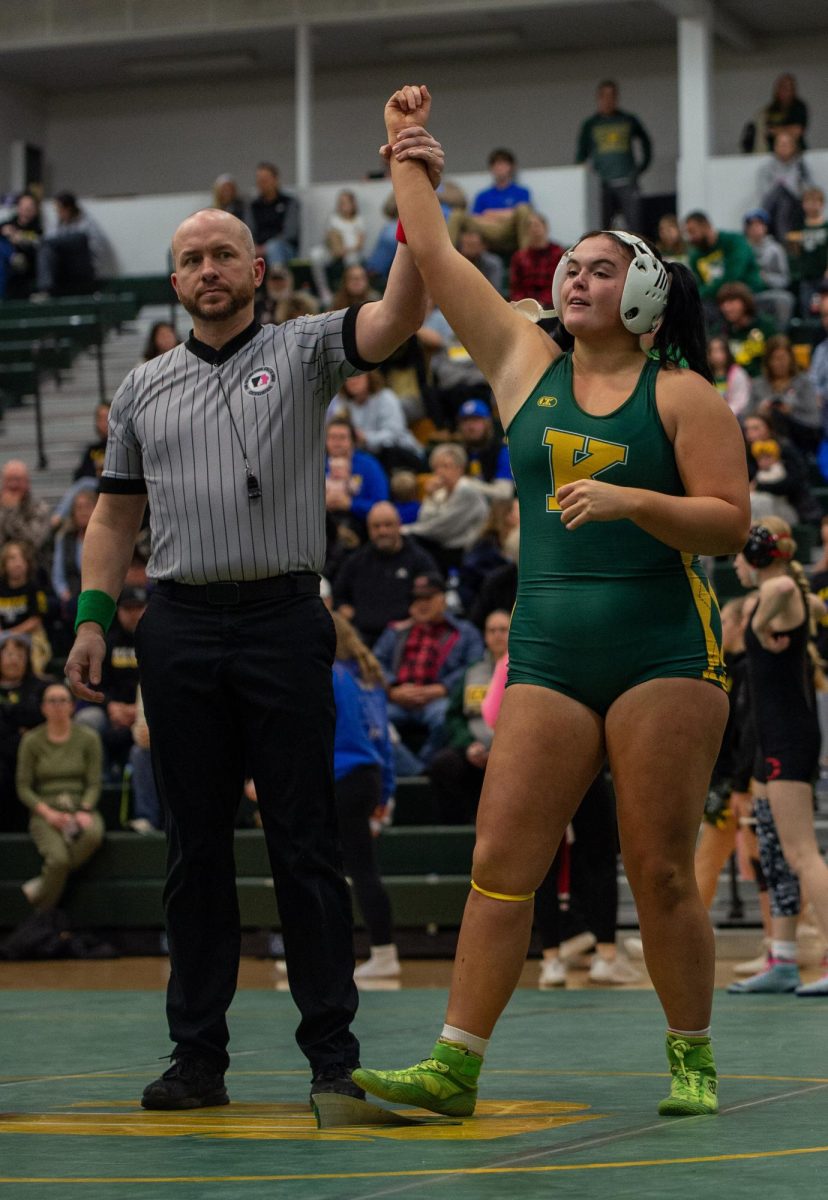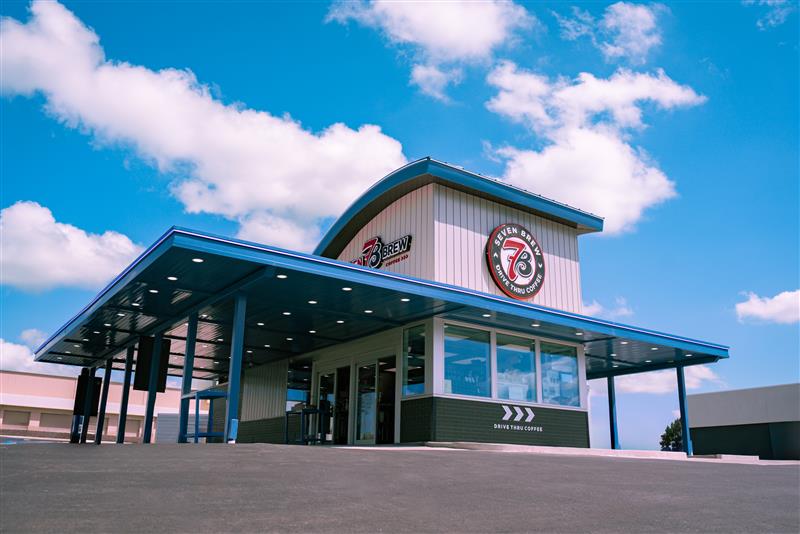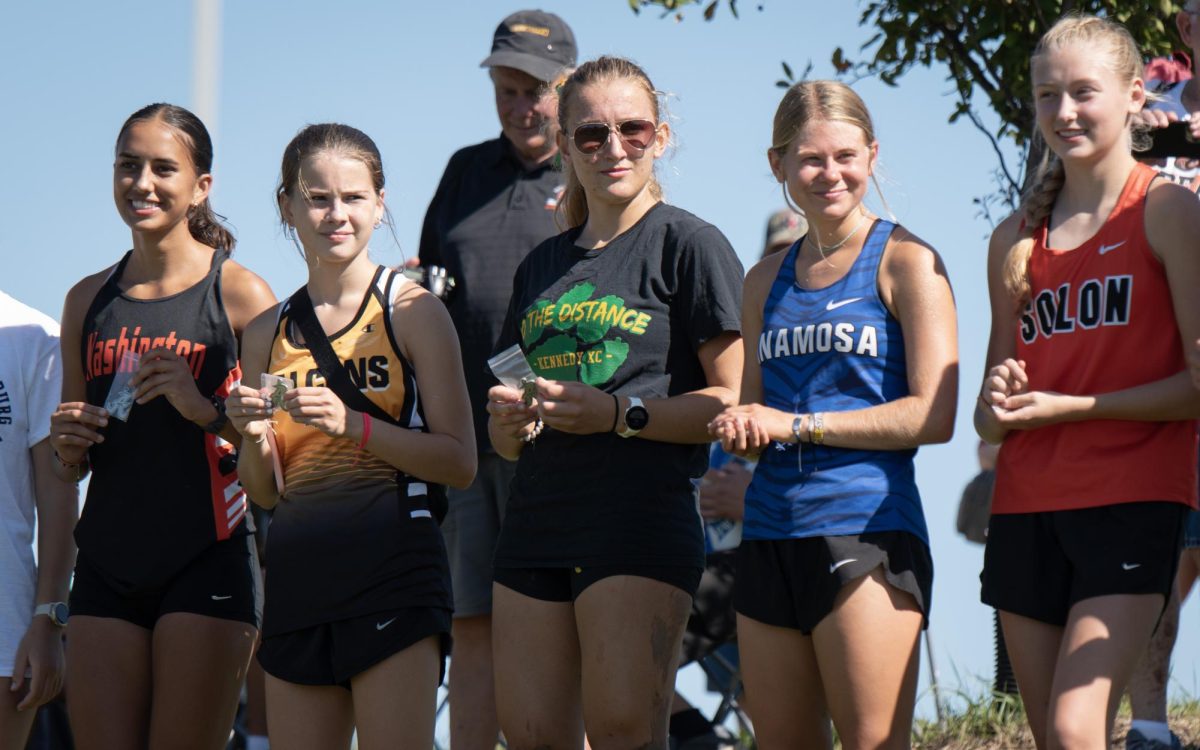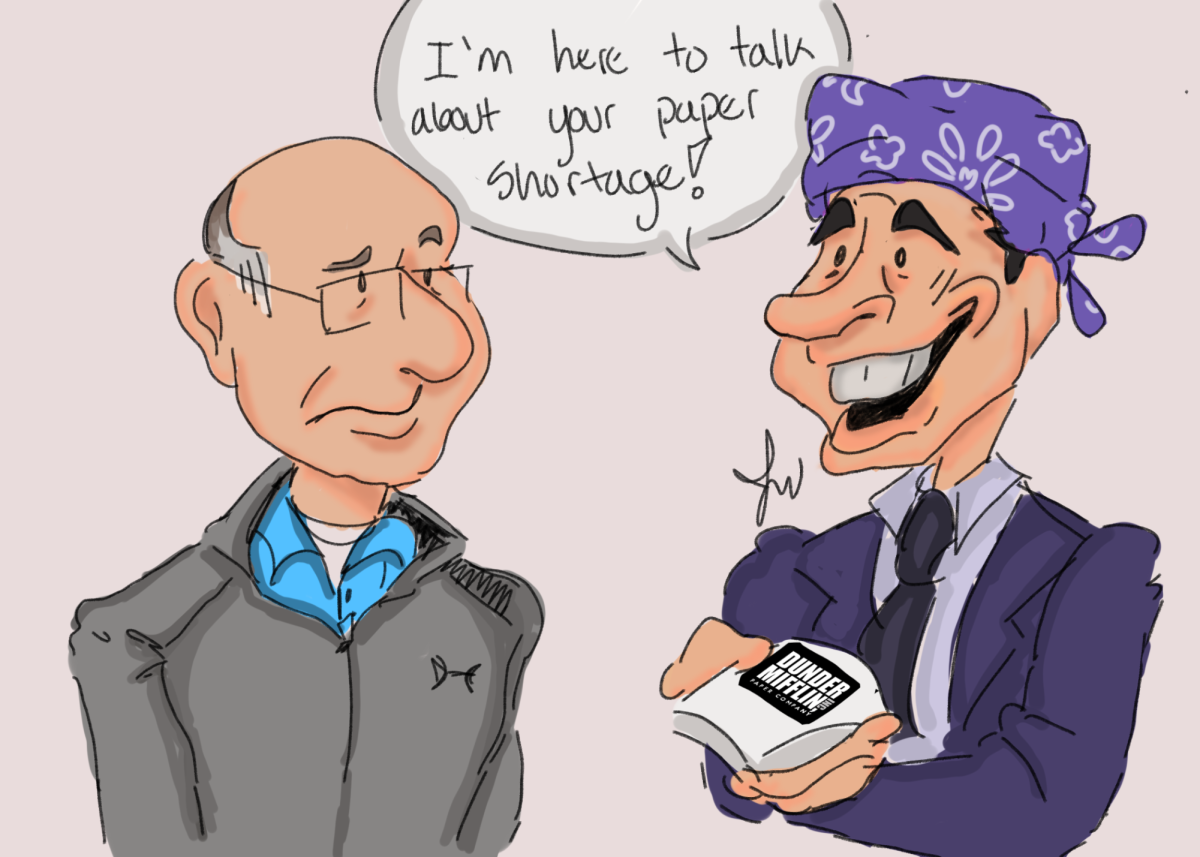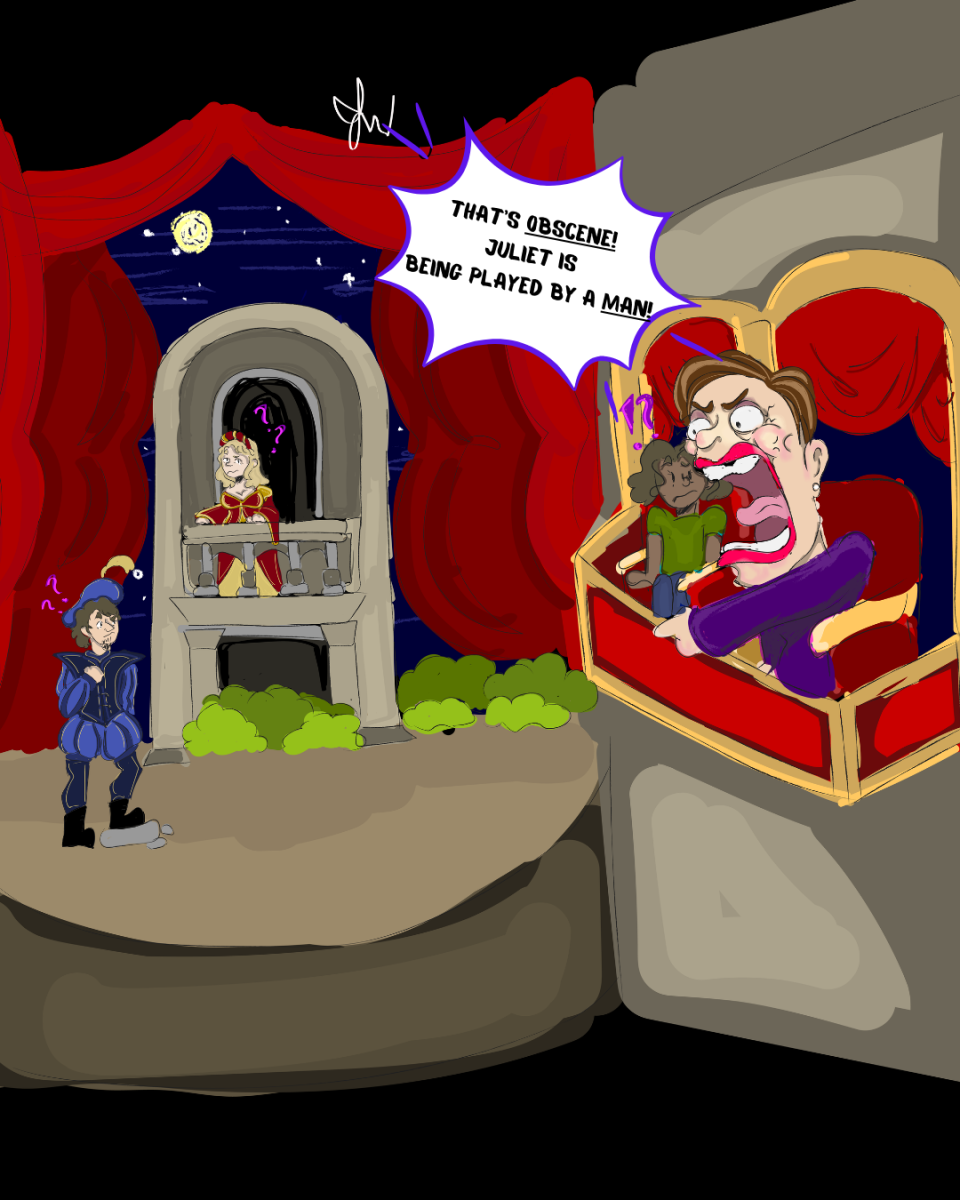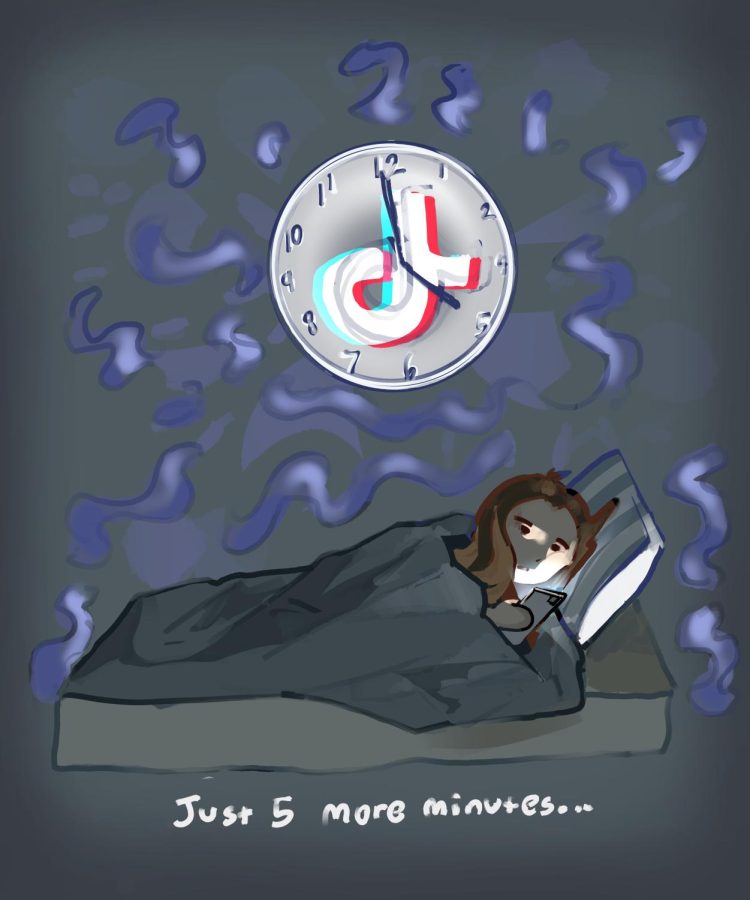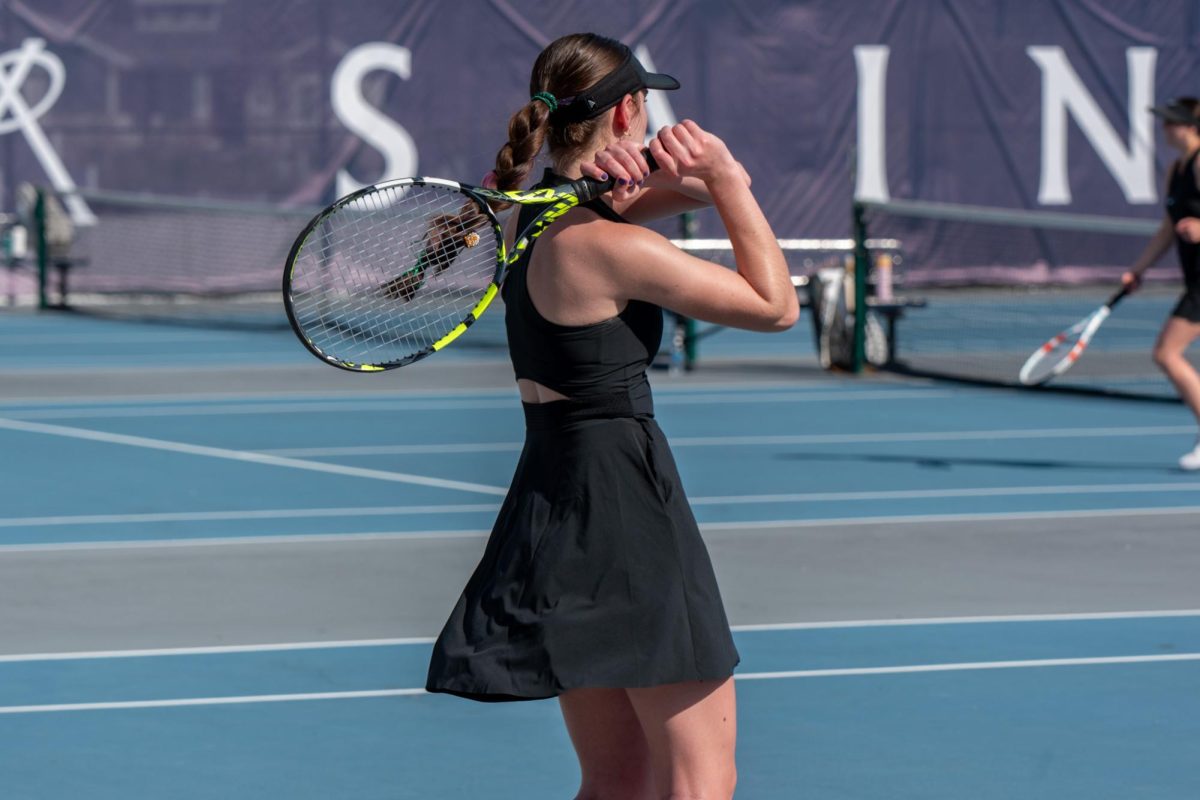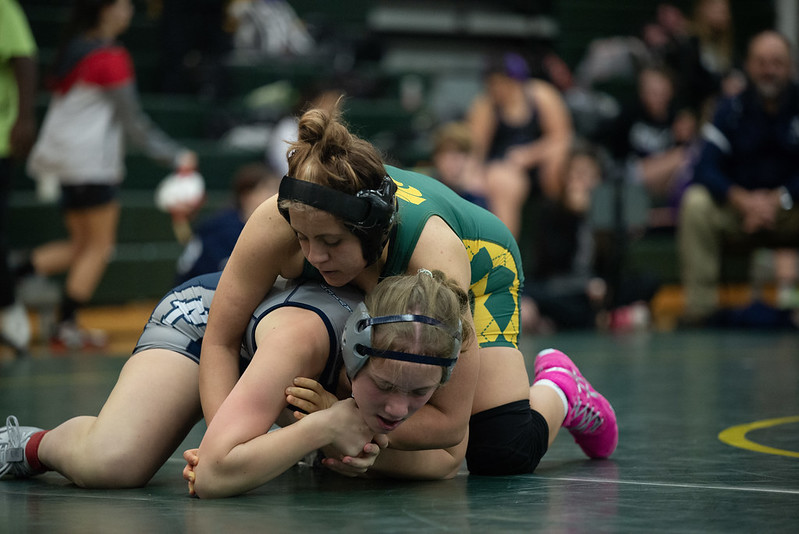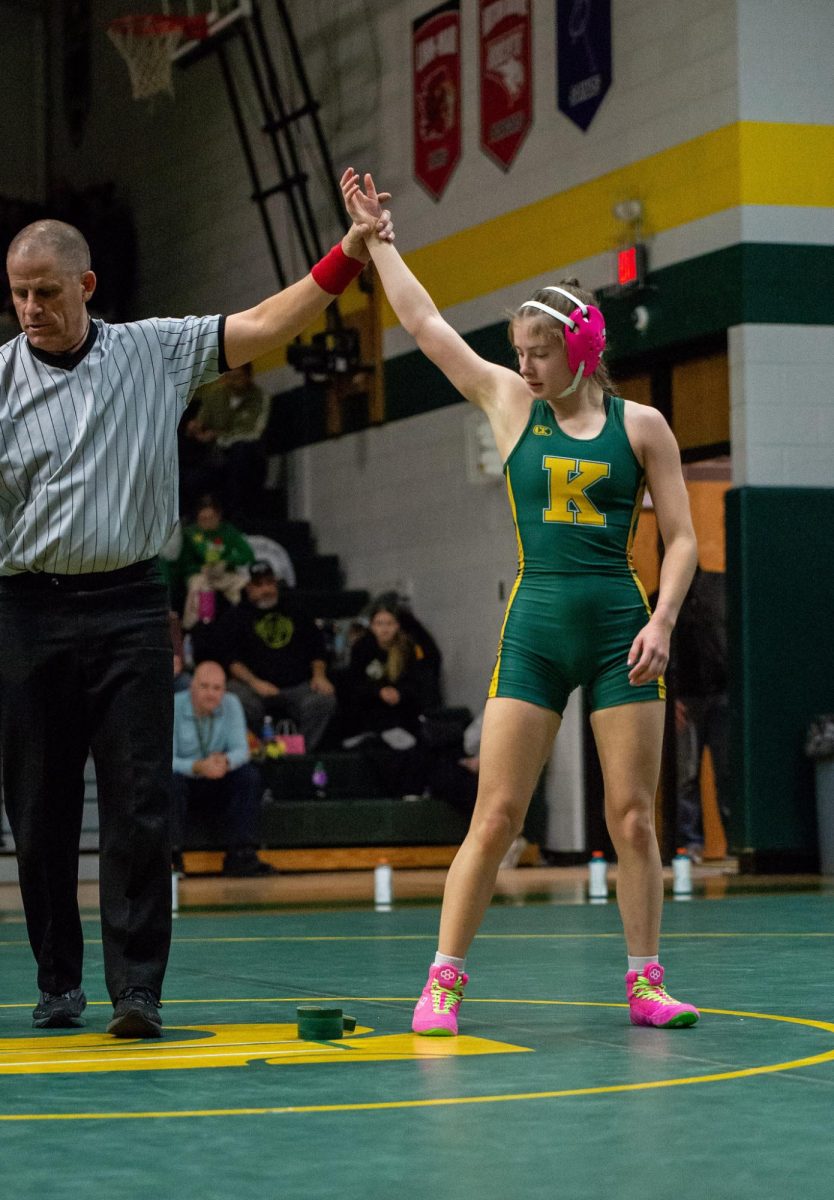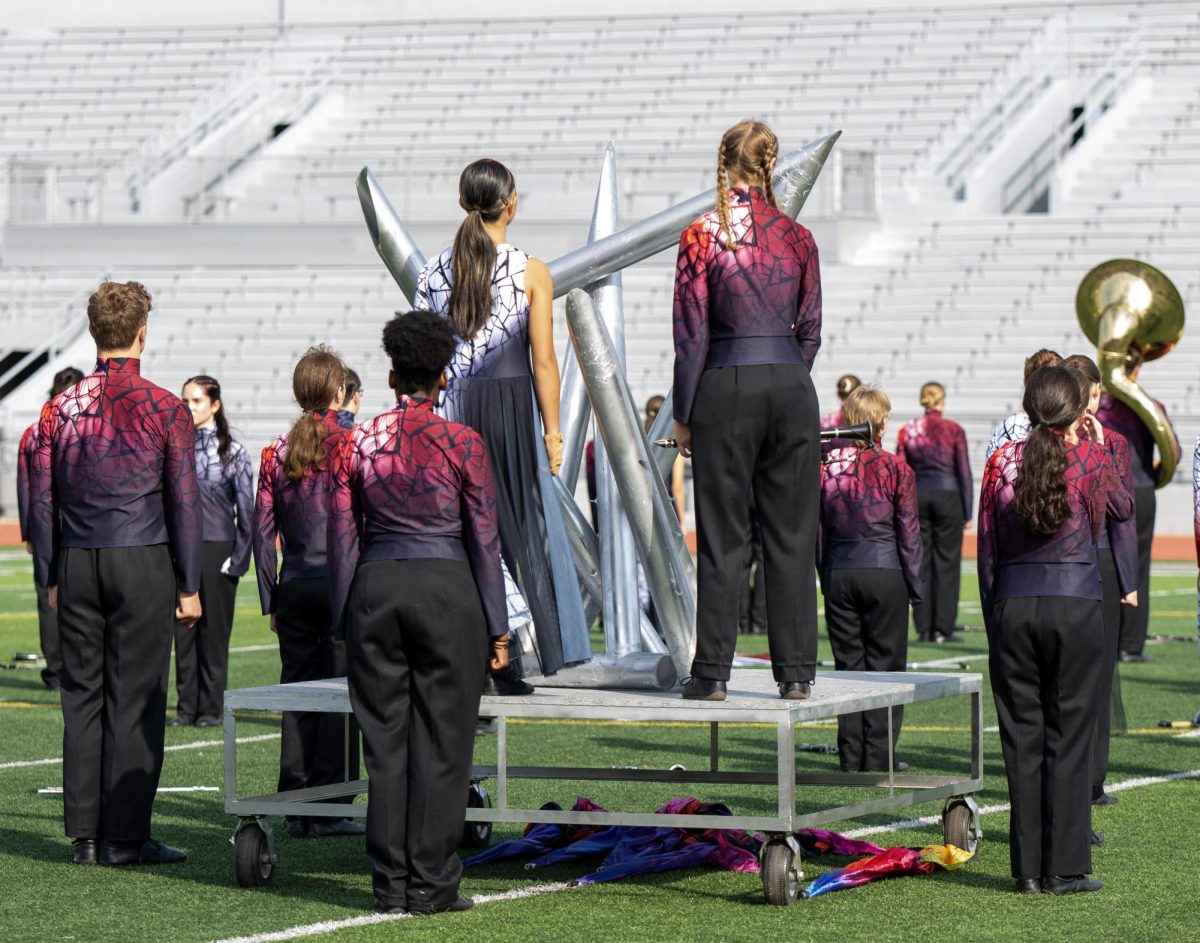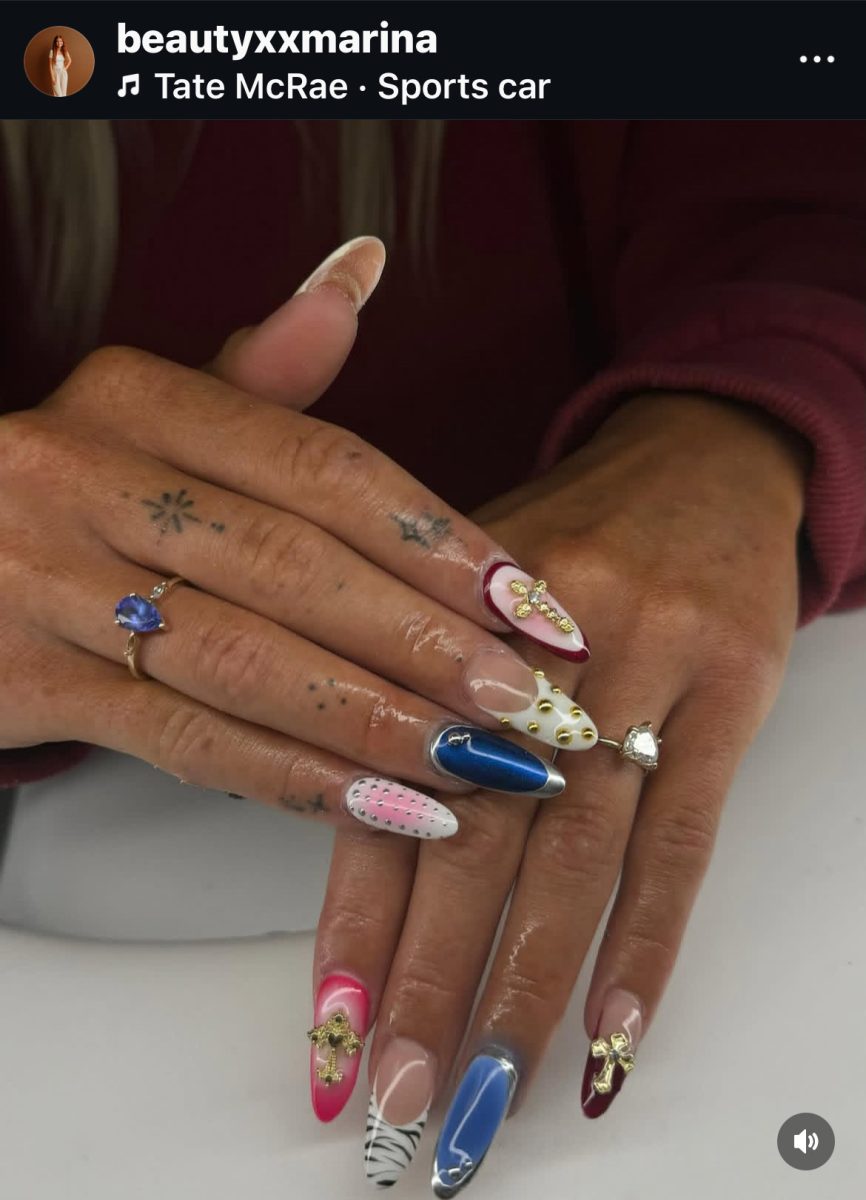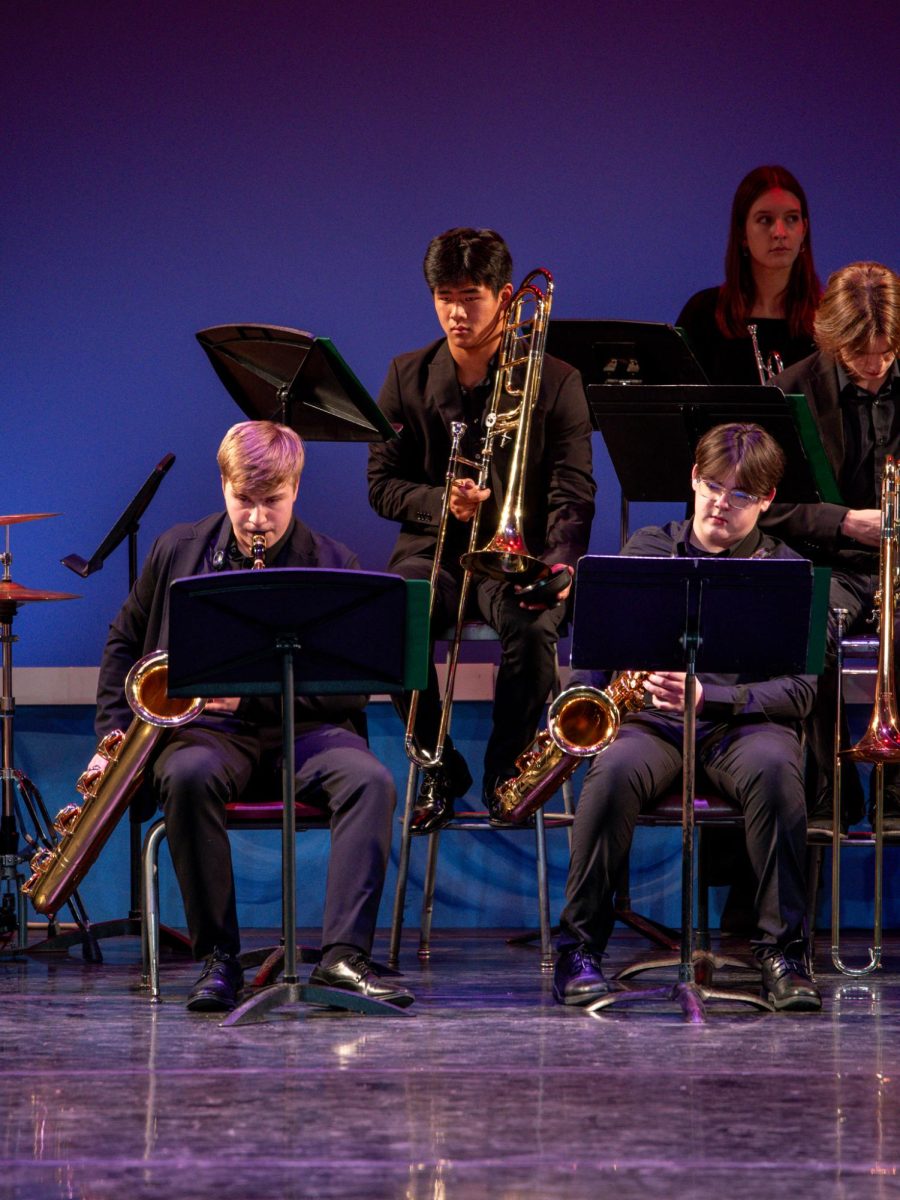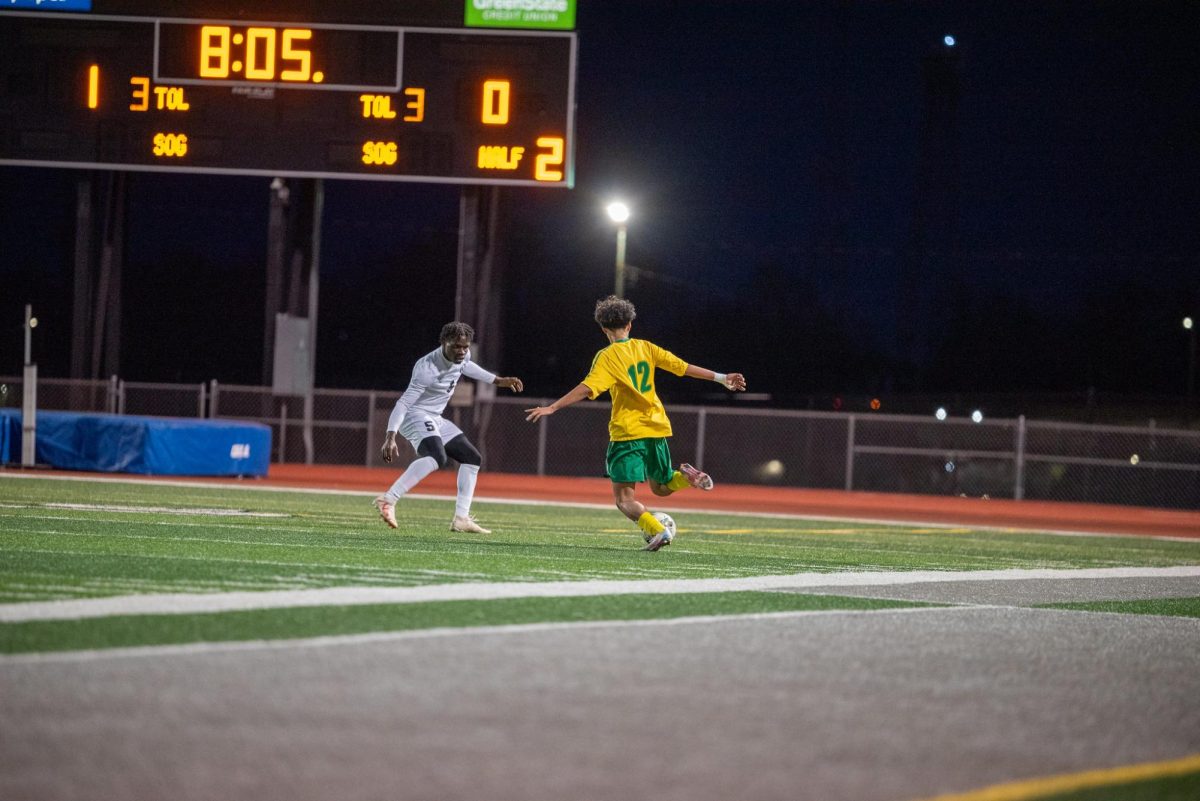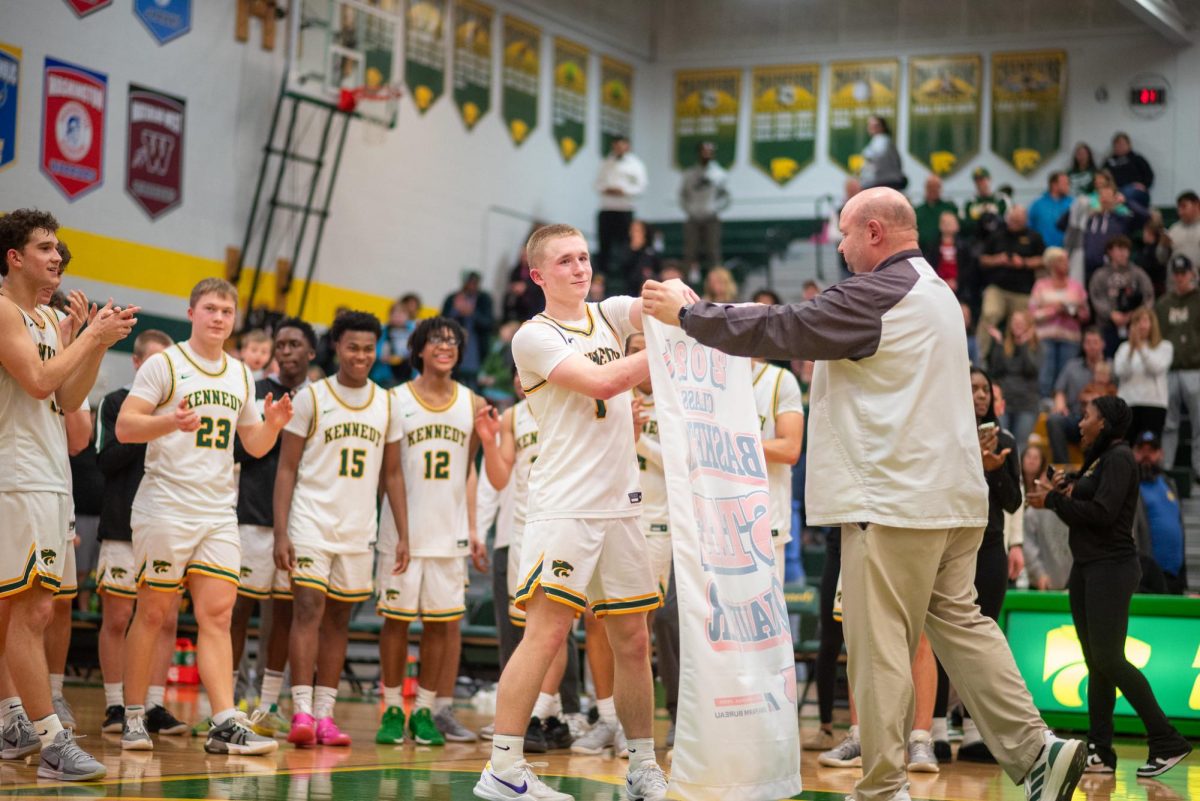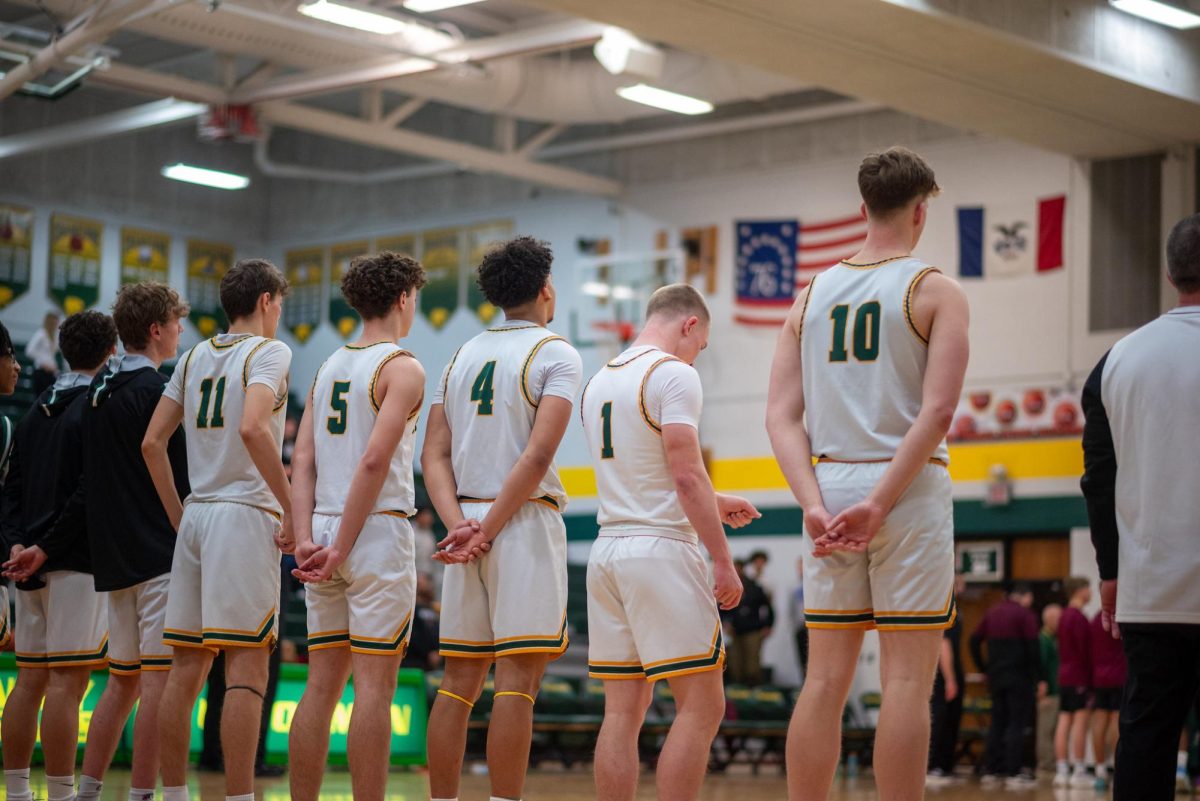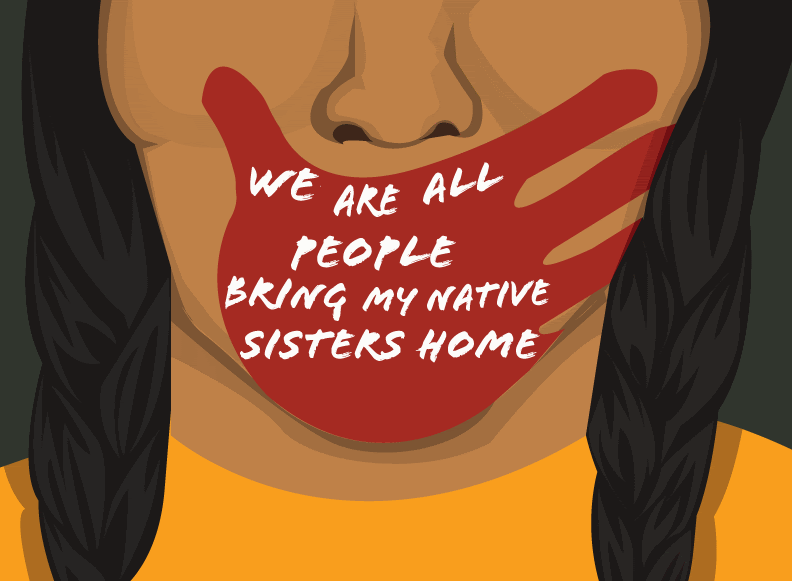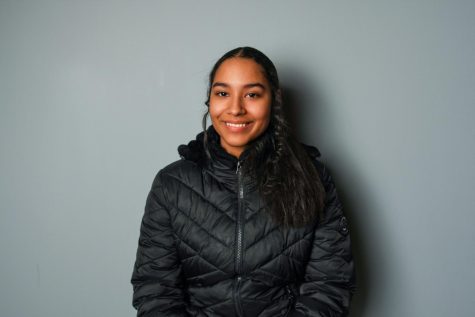Unspoken Truths
Native women are missing but they don’t receive as much attention as white women.
March 14, 2022
Women are discriminated against because of their gender. Now consider women of color who treated differently because of their race and gender.
Mollie Tibbetts was a 20-year-old white woman. Who went to college in Iowa City. Mollie went missing on July 18, 2018. With a tireless search by the police and a reward of $366,000 for anyone who could help, her body was found on August 21, 2018.
Rita J. Papakee was a 41-year-old Meskwaki mother of four. She went missing on Jan. 16, 2015, in Tama, Iowa. Regardless of the $50,000 reward, only her tribe contributed to her search. After a few months, her case went cold.
According to the National Missing and Unidentified Persons System, 81% of missing Native American women are reported in unknown tribes. Critical information is missing from the police reports, information that is crucial to find these women.
According to Time, “Study after study shows that affirmative action helps white women as much or even more than it helps men and women of color.” When native women go missing, police and other citizens put minimal effort into finding them. People see it as an inconvenience and investigations are usually minimal. When white women go missing, it becomes a pressing issue, and everyone searches.
White women are given more attention than Native American women. Native girls are targeted because of their race and because people don’t care about us. They see us as savages and don’t feel inclined to help us when we’re in trouble.
Natives women feel unheard. History has shown their lives are not valued. Native girls fear what will happen when white culture forgets about them. Native girls fear for their safety and their wellbeing. With the rise in missing and murdered Native American girls, they begin to think about when they will be next.
Native Hope states that out of the 5,712 missing person reports for Native American girls, only 116 were entered into the United States’ missing persons database.
Sometimes I’m afraid to go outside. I don’t know what will happen to me, especially now that so many Native American girls are appearing in ditches on the side of the road. Law enforcement isn’t doing anything and they just drop native cases when someone more important comes up. I don’t want to become another cold case.
Native families are worried about their female relatives. They have relatives disappearing around them in real-time making them wonder who is going to be next.
“It’s sad how the young women in my family have to fear for their lives in a country where we’re meant to be equal,” Venic Whitemagpie, a Lakota Sioux, said. “I’d never want my girls to have to go through something like that.”
There is a feeling of helplessness within the native community. No matter how much they reach out for help, how many posters they make, how many protests they organize, nobody seems to care. If awareness is not brought to the exploitation of native women then no justice is shown for those lost.
Nothing will change unless there is true recognition of the issue and genuine action is taken. Attacks on native women in the United States have seen a sudden uptick and nobody seems to care enough to do something. How much longer until someone you know is next?

